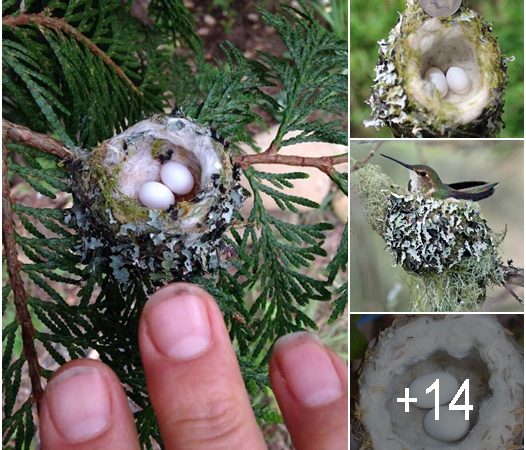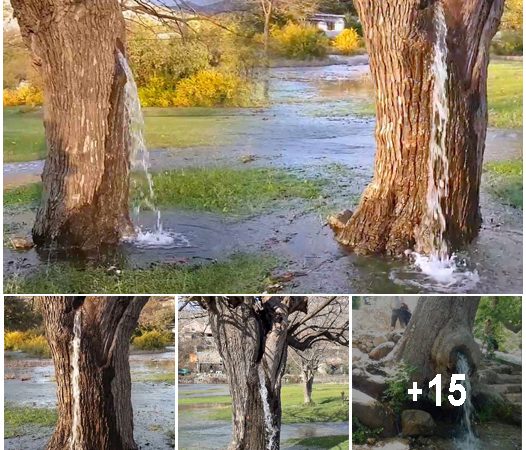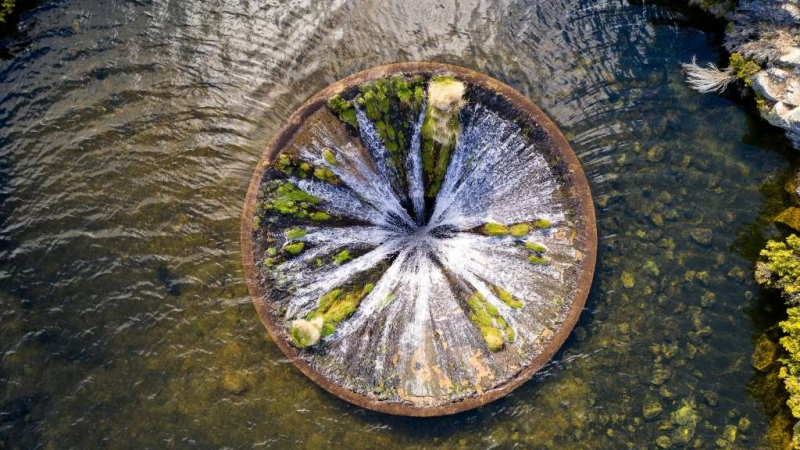Dragon Blood Tree: These centuries-old trees ‘bleed’
Tucked away on the remote island of Socotra, off the coast of Yemen, lies a natural wonder that has baffled scientists and captivated travelers for centuries – the Dragon Blood Tree. These ancient trees, with their striking appearance and mysterious bleeding sap, have earned a place in folklore and intrigue.
The Dragon Blood Tree, scientifically known as Dracaena cinnabari, derives its name from the crimson resin that oozes from its trunk when it is cut or wounded. This resin, often likened to dragon’s blood, has been used for various purposes throughout history, including as a dye, medicine, and varnish. The tree’s unique appearance, characterized by its umbrella-like canopy and gnarled branches, adds to its allure.
Native only to the island of Socotra, the Dragon Blood Tree is believed to be endemic to this region, meaning it is found nowhere else on Earth. Its isolated habitat, combined with its distinctive features, has made it a symbol of the island’s biodiversity and a focal point for conservation efforts.
Despite its resilience and longevity, the Dragon Blood Tree faces threats from habitat loss, climate change, and overharvesting. Conservationists and researchers are working tirelessly to protect this iconic species and ensure its survival for future generations to admire.
Visitors to Socotra are often awestruck by the otherworldly beauty of the Dragon Blood Tree forest, where these ancient giants stand as guardians of a bygone era. As travelers wander among the gnarled trunks and sun-dappled leaves, they cannot help but marvel at the enduring legacy of these remarkable trees and the stories they hold within their sap-stained bark.
Hits: 323













